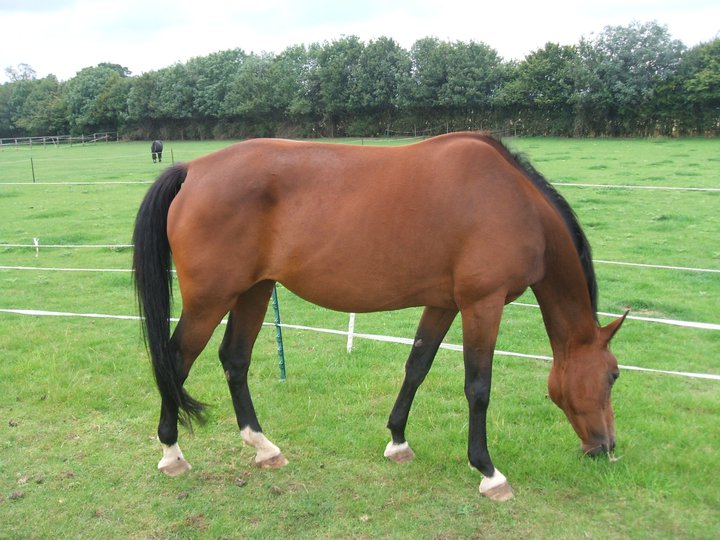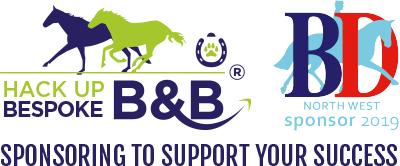

Paddock Maintenance Tips
Late Summer / Autumn Paddock Maintenance
Harrowing your paddocks in the Spring will remove dead matter, allow air to the soil surface and promote new grass growth in the spaces.
Rolling needs to be well timed. It is good for the ground after the winter to be levelled off and to get rid of those ankle twisting lumps and bumps. The soil should not be too wet to compact it too much to stop grass growth, or too dry and it will be of no benefit. Rolling will also help tillering. This is where grass shoots are slightly damaged at the base to encourage a growth outwards to thicken the sward this also leaves less spaces for weeds to take hold. This will help the field hold up to another winter hammering.
Fertilising can be done to replace lost nutients in the soil naturally through grazing and hay cutting. Over grazing will damage the ley. Horse sick grass will need resting for a period. Fields can be reseeded where big gaps are made in gateways, up fence lines, by horses overgrazing certain areas or making mud baths! This will stop weeds settling in that area.
Topping paddocks in late summer early autumn gives the grass a chance to recover and grow back evenly with new growth for the winter whilst the weather remains warm but the rainfall increases. Harrowing will pull out dead grass roots and old vegitation to make room for new growth. Rolling will help new shoots tiller so you get a thicker sward making the ley more dense and restrict room for weed growth. Don’t forget that new grass will have a high sugar content so you will need to watch your horses weight and keep an eye out for laminitis.
Remove any ragwort especially before topping paddocks as the dead plant is still highly poisonous but no longer has the bitter taste. Removing it before it has a chance to reseed is also beneficial as a single plant can produce 1000’s of seeds. Ragwort has a cumulative effect and is not removed from the horses system so can build up over the horses lifetime. Keep an eye out for new rosettes forming and be careful when handling them as the toxins can travel through the skin.
Also look out for Maple and Sycamore seedlings (Spring) and pods (Autumn). As well as the larger plants in hedgerows where the horses can get to them. The helicopters can travel for several miles. Ingesting the plant can lead to Atypical Myopathy also known as Sycamore Poisoning. If you suspect Atypical Myopathy it is best to get immediate veterinary advice. Symptoms include muscle weakness, dark urine, shivering, colic like symptoms, fatigue, sweating and trembling. Fence off larger plants and remove seed pods where possible. If this cannot be done make sure there is plenty of grazing and / or extra forage to reduce the risk of them being ingested by them foraging for extra roughage. Prevention is better then cure as it is fatal in 70% of cases.
Topping your paddocks is also be an ideal time to remove any Black Thorn plants. These hardy shrubs can soon take over a paddock and if not removed the long thorns can easily splinter off under the skin, migrate and become infected. Black Thorn poisoning is very quick.
Regular poo picking is essential to keeping paddocks clean. The grass will regrow evenly and it reduces the risk of worm transfer between horses if keep in herds. A good worming program is essential. Worm counts are good as you can worm according to worm burden. However, some worms are not detectable via a worm egg count (Encysted Red Worm and Tapeworm) so this method should not entirely be relied upon.













